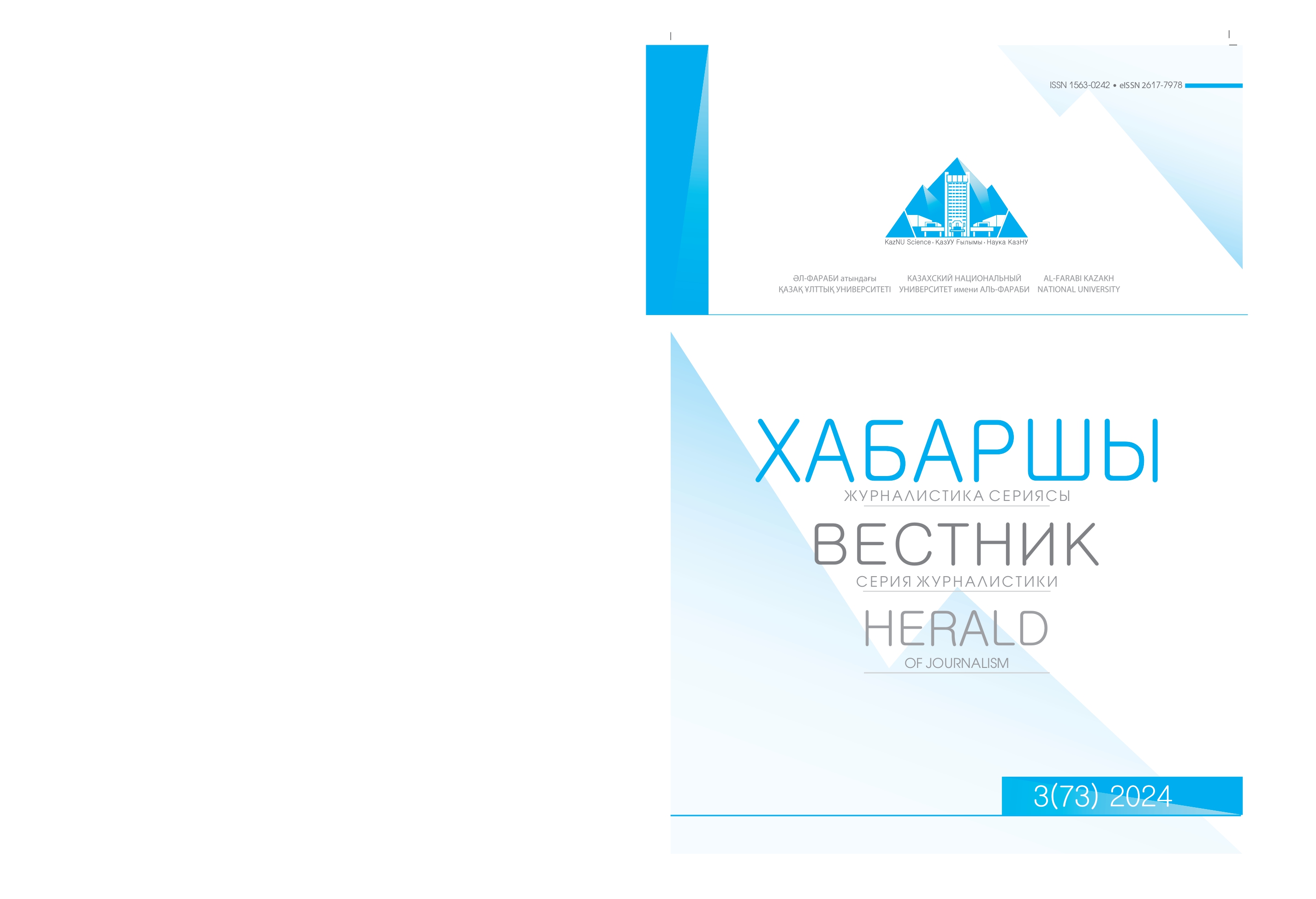Media discourse of «hate speech» In digital communication: cases of social media
DOI:
https://doi.org/10.26577/HJ.2024.v73.i3.9Keywords:
“hate speech”, electronic texts, digital platforms, media discourse, personal brand, in- formation vacuum.Abstract
The article is devoted to the phenomenon of implementation of traditional forms of “hate speech” on the social networks such as Facebook and Instagram. In particular, the content and stylistics of texts containing signs of “hate speech”, the aspects of framework normative documents and the main con- cepts of verbal aggression in electronic communication are analyzed. Moreover, the concept and media discourse of “hate speech” are extrapolated to form a basic tool for building a personal brand, increas- ing loyalty on social networks through negativity, condemnation, slanderous or aggressive statements against opponents.
The purpose of the study is to map the negative factors of the impact of modern socially oriented content on the stylistic and linguistic presentation in the social media texts. The author also attempted to consider the incentive motives of these phenomena and counteraction measures for the escalation of “hate speech” on the Internet. The author puts forward the idea of the need for a scientific understanding of the legal nature of “hate speech”, which includes several controversial aspects of the contraposition: the right to freedom of opinion is not/is the basis for choosing any (even aggressive or hateful) forms of expression of these opinions.
The practical significance and value of the work lies in the focus on improving communication tech- nologies for monitoring and analyzing social media and systematizing available information. The author notes the need for technological strengthening of tools and methods for tracking hate speech on social networks, and proposes a discussion on defining criteria for assessing the aggression level of hate speech and its prevalence on the global network.
The research methodology is based on the use of comparative, textual and linguistic analyzes of precedent electronic media texts containing signs of “hate speech”. The results of the study substanti- ate the need for a prompt response to the dynamic increase of hateful rhetoric by society and the state, strengthening methods of legal counteraction and ethical regulation, as well as increasing media and information literacy of the population. From the point of view of professionalizing the blogosphere, it is reasonable to use mediation technologies for conflict resolution, promote the concept of a respectful interactive environment and strengthen counteraction measures for “hate speech” in social networks.




